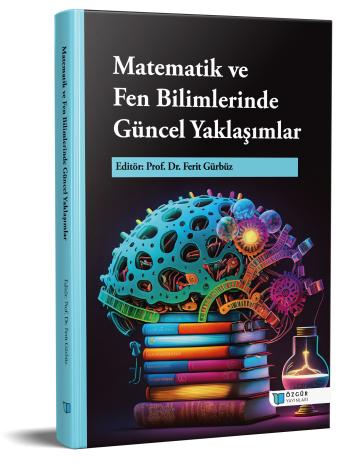
Current Approaches in Mathematics and Science
Synopsis
Mathematics and science are a group of fields of study that include, in addition to mathematics, academic disciplines that are essentially mathematical in nature but may not be universally recognized as subfields of mathematics. Mathematics and science have a long and close relationship, both of which are of vital and growing importance. Mathematics is an intrinsic component of science, part of its structure, its universal language, and its indispensable source of intellectual tools. In turn, science inspires and stimulates mathematics, poses new questions, creates new ways of thinking, and ultimately conditions the value system of mathematics. Fields that have always been mathematical, such as physics and engineering, are becoming more mathematical. The previously intensively non-mathematical sciences, such as biology, physiology, biotechnology, microbiology, molecular biology, and genetics, are moving from description and classification to analysis and explanation; many of their problems involve systems that are only partially understood and therefore inherently uncertain, and require investigation with new mathematical tools. Progress in science, in all its branches, requires the close involvement and strengthening of the mathematical enterprise; that is, new science and new mathematics go hand in hand. It is with this purpose in mind that this book has been prepared. The book consists of 10 chapters. The book generally includes branches of science such as algebra, mathematical analysis, geometry, applied mathematics, mathematics education, biotechnology, and microbiology. It is expected that this book will be a valuable resource especially for graduate students and researchers interested in the fields of "biology and mathematics". Of course, I would also like to thank the staff of Özgür Publishing, who compiled, collected, and presented these submitted studies to the benefit of the readers. Although the necessary care has been taken to make the book "Current Approaches in Mathematics and Science" easy to read and understand, there may still be some errors. I would like to thank my colleagues and students who will make any kind of warnings and criticisms in this regard in advance.
Best regards.
Prof. Dr. Ferit GÜRBÜZ

